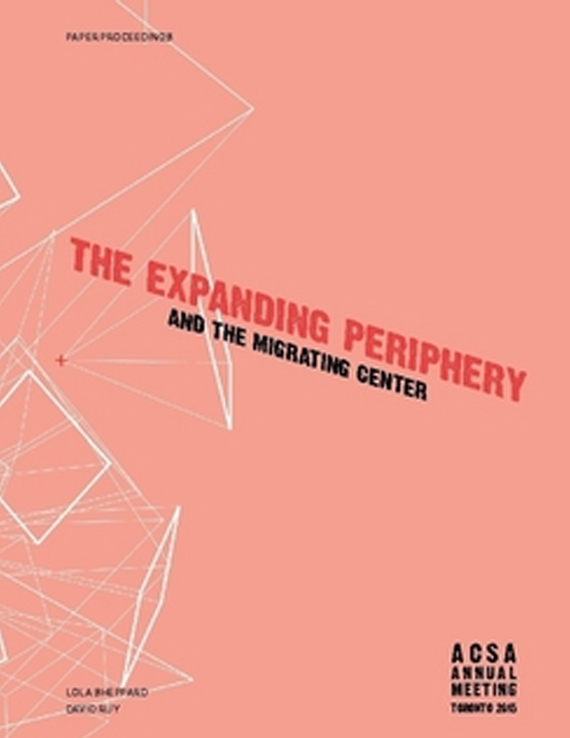Author(s): Joshua Taron
Architecture over the past century has broadly been framed as a discipline concerned with and accountable for the production of certainty, authorship, authority and autonomy. For much longer than that however, a parallel agenda has been developing in the shadows – precisely at or beyond the limits of human perception and orientation. By privileging the former and ignoring the latter, a crisis has manifest over the possibility of critical distance and the delineation of effective boundaries that architecture has historically claimed as its sovereign disciplinary territory. Ecological crisis and intesifying technological development occupy the forefront of contemporary discussion. However, beneath the knowable and sensible surfaces of architecture, the contours of a dark matter are taking shape where the new, the alien and the speculative operate. For the past several decades, the argument over distinguishing between an architecture for us and an architecture in itself has been waged in purely relational terms focusing on the limits of human understanding and perception; the for us camp typically emphasizing usefulness (utilitas) and criticality while the in itself camp preferring to stress beauty (venustas) and sensory aesthetics. To this day, each camp continues to accuse the other of their futility and inefficacy through an infinite number of permutations and evolving arguments. Alas neither camp is able to escape Quentin Meillassoux’s correlationist circle, thus neither one is able to substantiate an architecture in itself whether they want to or not. This paper contributes a non-relational alternative by identifying a specific lineage of architectural thought and argumentation. Perhaps the most radical proposition lies in the rejection of aesthetics in speculative practice in favor of an anesthetic experimentation – arguing that architecture may have largely ignored or forgotten the very thing that makes an architecture in itself possible: anonymity. Anonymity is contextualized within a history of architectural theory while describing a goal of sorts for generating an architecture without relation.
Volume Editors
David Ruy & Lola Sheppard
ISBN
978-0-935502-95-4

 Study Architecture
Study Architecture  ProPEL
ProPEL 
